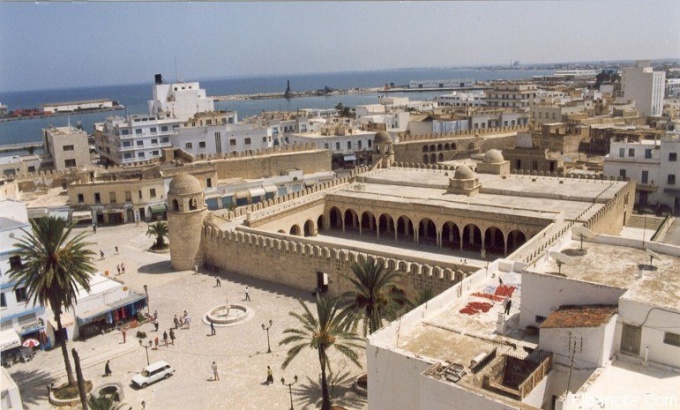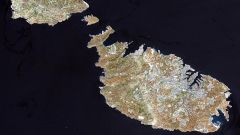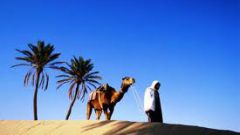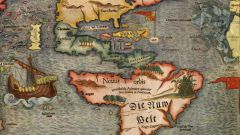Geography
The Republic of Tunisia is one of the countries of the Arab Maghreb. It is located in the Central part of the Mediterranean basin and are separated by the Sicilian channel. The area of the state is only 164 thousand sq. km Maghreb is often compared to a bird, because the territory of Tunisia is reminiscent of the wing.
Climate
The average summer temperature in Tunisia ranges from 22 to 33 degrees, and in winter from +5 to +12. The sea has a direct impact on the climate of Tunisia. Summer in the country is relatively dry, and winters are relatively cool and wet. The high season lasts from late April to early November.
Attractions
In Tunisia, a very comfortable environment for guests. Friendly and knowledgeable staff creates a friendly atmosphere and will take care of every camper. Clean sea, Sunny weather, effective treatments, reasonable prices – everything has to rest.
Most of the tourists say that Tunisia is a state in which it is possible to visit only once and stop. The main attraction is the ancient Carthage. Local residents seek to reconstruct the city and make the most attractive for tourists. Carthage Salammbo – recognized national monuments. On the streets of Carthage to see the sacred temples, ancient residential houses, the sea port with many ships. From the ruins of the ancient city, the locals have recreated places of amazing beauty. Near the port are located the ancient Shrine to the goddess Tanit – a place where hundreds of tombstones. Carthage – the new administrative center of Africa, where you can find not only majestic buildings and villas, but also such cultural places like theaters and galleries.
Tabarka is a beautiful port where you can ride on the boat, look at the foot of the mountains, admire the dense forests and clean waterfalls. In the ancient Phoenician trading port, tourists have the opportunity to play Golf, diving, underwater fishing, hunting, to visit the annual summer festival of culture and relax in the picturesque places.
Duga is a city that fascinates the extent to which it preserved the story of the Roman era. The arc stands on a hill, representing an architectural monument.
The pride of Tunisia ancient mosaics believe. Since the times of Phoenicians this art was developed, not succumbing to the influence of the Roman Empire. Floors are a huge number of public buildings with murals. The General condition of many of the songs are still great – it seems that they are only slightly burned under the scorching sun.





